Body Language in Dogs – What Does Your Dog Want to Tell You?

Body Language in Dogs – What Does Your Dog Want to Tell You?
Understanding a dog’s body language is very important as it can help you communicate clearly and effectively with your dog. Body language in dogs will give subtle signals. This is because dogs can express their emotions through body movements. By understanding your pet’s body language, you can easily tell when he’s happy, excited, nervous or anxious. Knowing these signs will also help you know when to approach them and how to behave.
There are several body language signs to look out for in dogs. In fact, you can tell what your dog is feeling by the way they move. Some dogs are happy to see you, while others are not so enthusiastic. If you can read your dog’s body language, you can interact more safely.
Happy
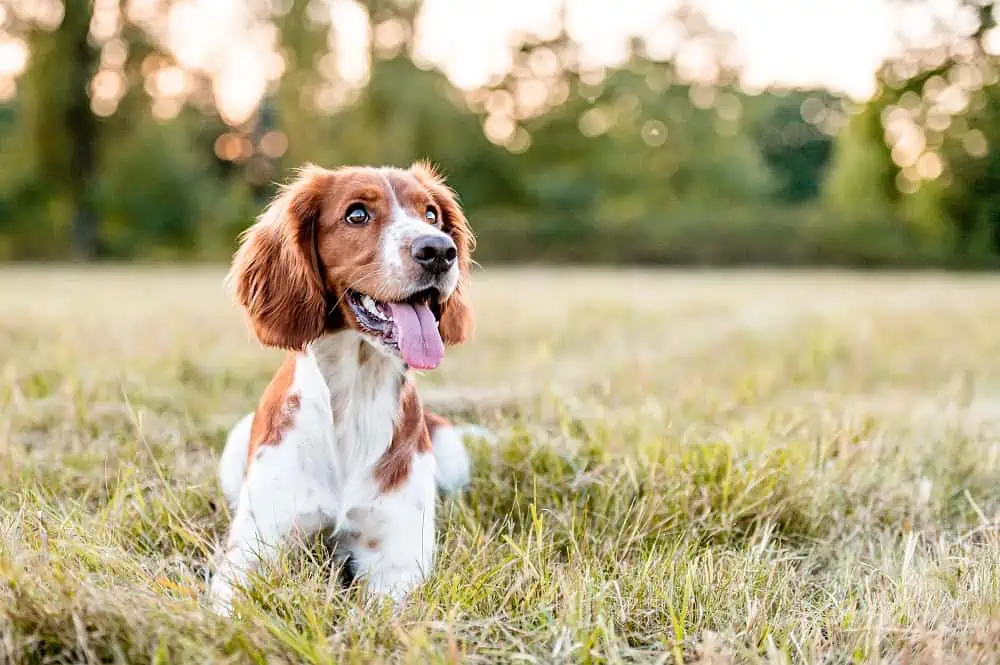
If your dog is happy, it will look relaxed. The eyes are soft and open, the ears are neutral and the mouth is slightly open. Another good indicator of how your dog is feeling is the position of its tail. A wagging tail is usually an indication of happiness. However, it can also indicate frustration, excitement or agitation. You may notice that when puppies are happy, they wag their little tails quickly.
Confident
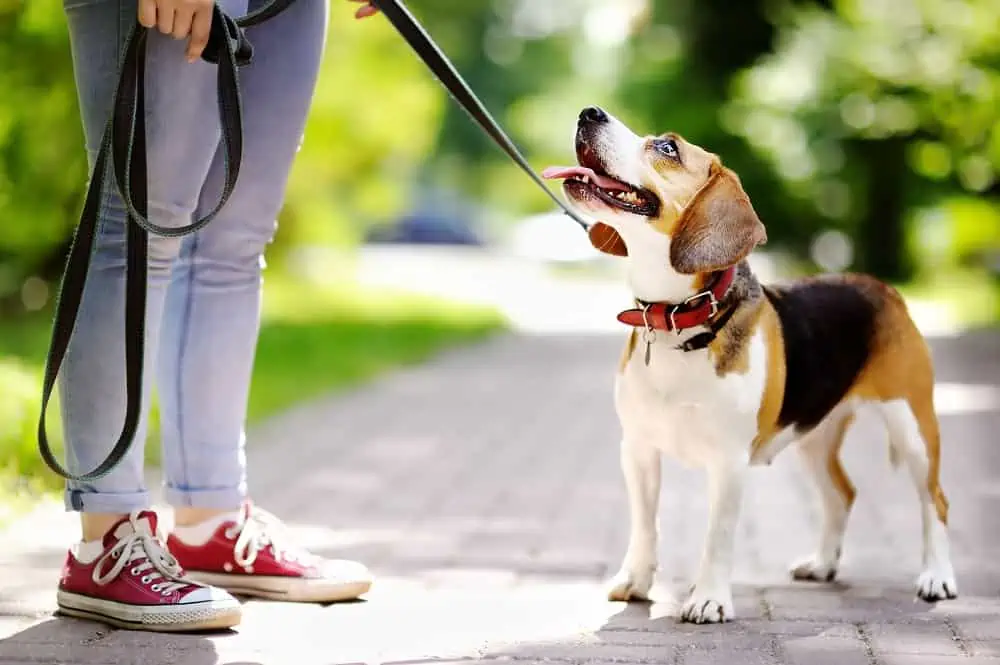
Confident dogs have a relaxed attitude. They may have a ball in their mouth or a toy in their paws. Their tails also talk their greetings. This is not always a sign of the planet to belly massages. A confident dog usually holds themselves firmly in an upright posture. They may also show signs of assertiveness, such as hanging their chin on their shoulders. If they are unsure of something, they may show an arched back and bow their head.
A smiling face belongs to a confident dog. Their eyes are shining and they are probably looking in your direction. The best cages are structured play nets. For example, a confident dog will expose its belly for a game of fetch.
Excited
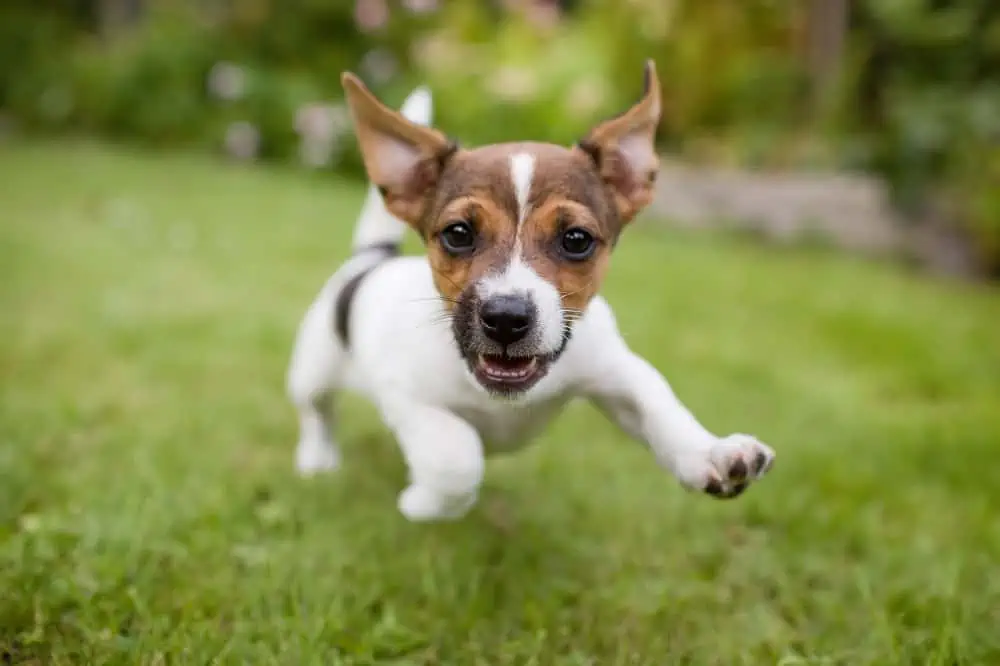
A dog’s body language is a powerful way of telling you what’s on his mind. Understanding what your dog is feeling can help you avoid a dangerous situation and keep the bond between you and your pet strong. Learning to read dog body language is a great start.
One of the most common signals of excitement comes in the form of a dog’s tail. This can be a gentle, slow wag or a widening circular motion. When it’s in a full circle, it means the dog is happy. However, a high, stiff tail is a sign of stress. Another dog body language signal is yawning. Some dogs yawn in a playful way that can be interpreted as an excited signal. On the other hand, yawning can also be a calming sign. Other signs of an excited dog include their ears and the whites of their eyes. These are also called whale eyes. It’s a common misconception that these are the same thing, but they’re actually different.
Scared

Dogs communicate their needs and wants through their body language. This is especially true in the case of fearful dogs. When faced with unfamiliar situations or people, dogs can become anxious and panicky. You can use positive reinforcement to help your dog deal with their emotions and learn to ignore their fears.
There are several body language signs to look out for. A pinched tail usually indicates a frightened dog. A tight lip also indicates a fearful dog. Another sign is the whale eye. Whale eyes is a fancy name for a dog that keeps its eyes fixed on something. The best way to approach an aggressive dog is to stay calm and not run away. You should also keep your distance. Trying to push a dog away from you will only fuel its fears
Aggressive
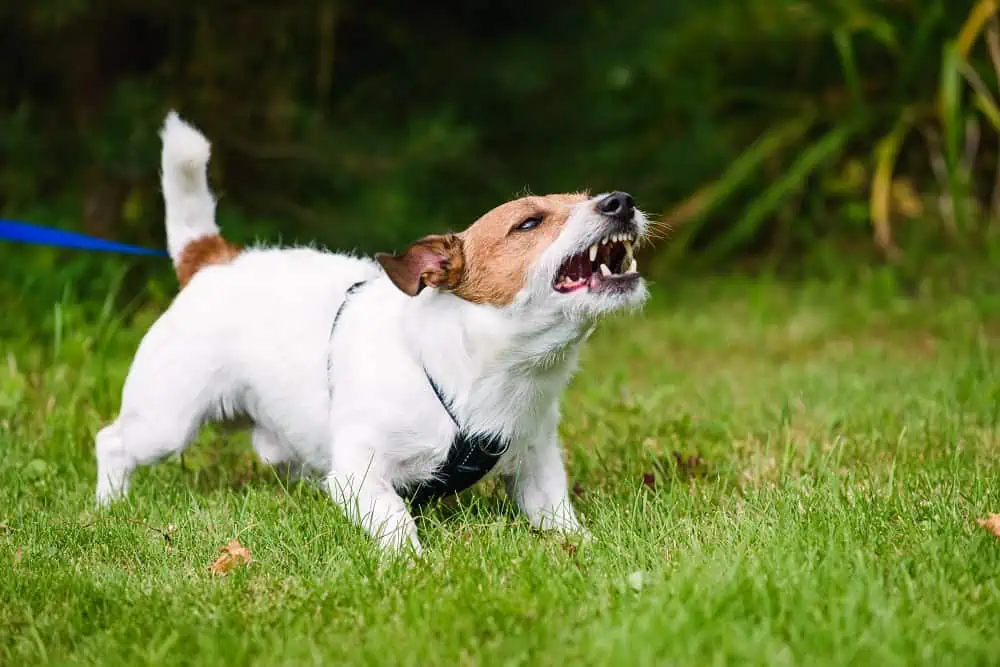
A dog that is about to adopt an aggressive stance will have tense muscles around its mouth and raised hair. Experts liken this to goose bumps in humans. However, they are not a reliable indicator of aggression. Unlike human goose bumps, these body signals are not indicative of the dog’s actual behavior. Other signals may include a raised tail and a relaxed mouth. These gestures can be used to indicate an intention to engage in friendly play. On the other hand, a dog about to exhibit aggressive behavior should not make sudden movements and should avoid making eye contact.
Dogs that are about to take an aggressive stance often give clear warnings with deep barks. These signals are intended as a way of establishing social dominance. All dog body postures are instantaneous. It is important to consider each body signal in the context of the dog’s overall behavior. Aggressive body language shows a range of signals, from growling to barking and head tilting. In addition to aggression, these signals can also indicate fear or stress. If your dog is showing signs of stress or fear, you need to take action. To do this, you should lower your voice, calmly relax and start speaking in a soothing tone. Other body language signals your dog can use to show their emotions are their ears. Flattened ears can be a sign of aggression. Likewise, half-moon eyes can be a sign of anxiety.
Submissive
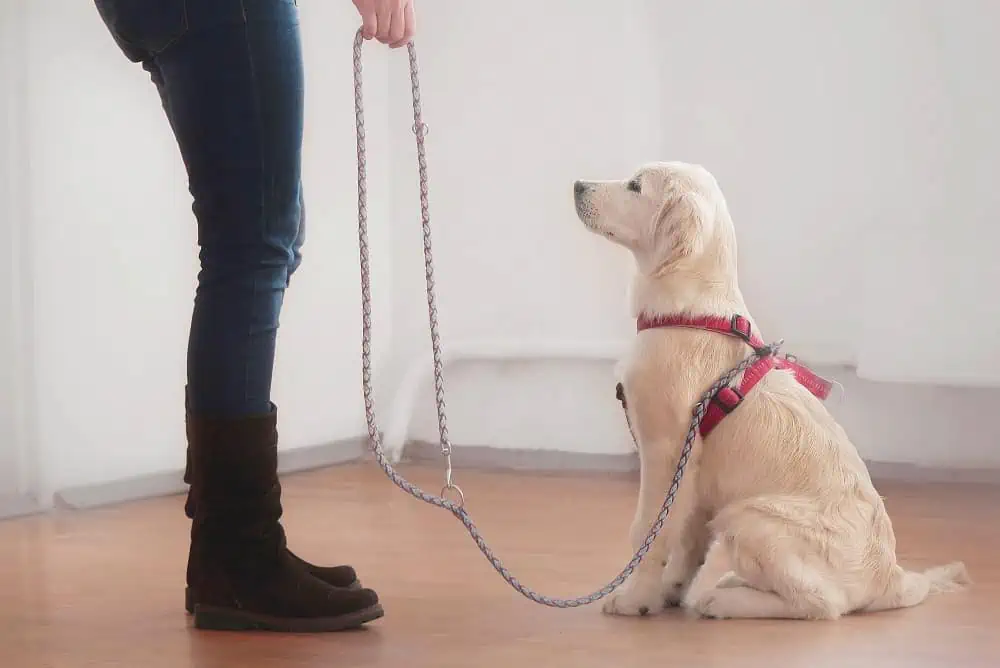
Dog body language can be confusing and sometimes misinterpreted. Submissive body language consists of leaning forward on one or more front legs. This posture is often used to use friendliness with a new dog. See also dogs that give signals that increase distance. These signals are used to avoid being influenced by threats. Another dog body language sign that indicates submission is a lowered stance. A dog in this position may be avoiding confrontation or trying to achieve a more positive outcome in a social situation. It’s also a very subtle indication that the dog is not a threat.
Cheerful and Playful

Cheerful dogs will be more than happy to show you their things. Their eyes sparkle and their tails wag. Actually, it never stops! They lick their lips and breathe peacefully. You can hear the sound of their breath. In general, a playful dog is energetic, has bright eyes and a wagging tail. One of the most common reasons for your puppy to jump on you is to play. If you see your puppy jumping towards you, it’s probably time to go to the park
Concerned
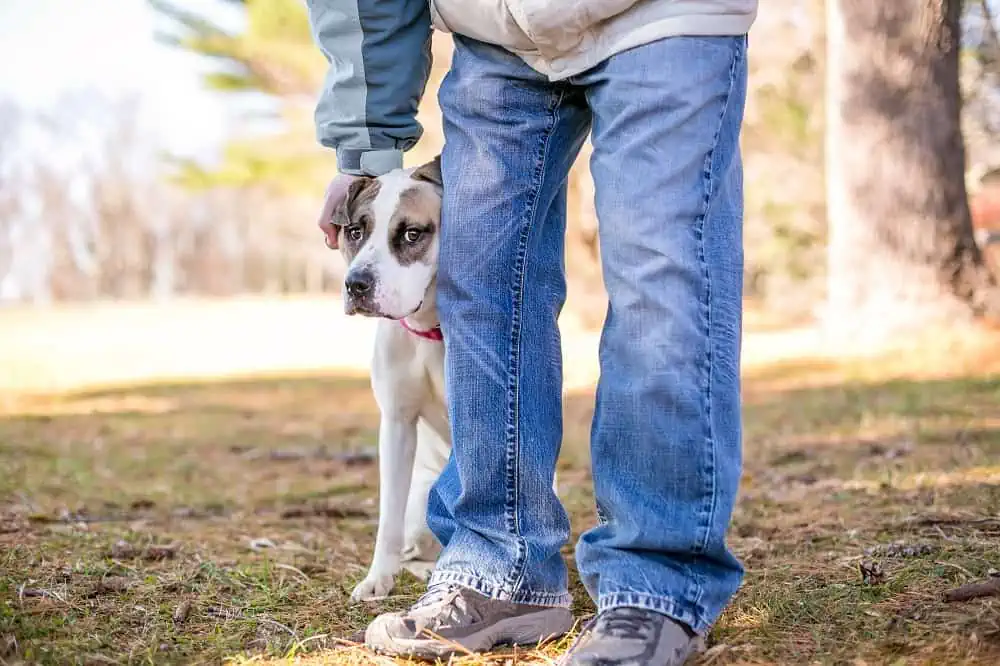
By observing their movements you can tell whether your dog is relaxed or in an aggressive state. The more relaxed your dog is, the less tense his body posture is. This includes the ears, mouth and tail. Anxious dogs will avoid eye contact and may avoid running around. They will also tense their muscles. Sometimes they will even pull their ears back and lick their lips. They may yawn even when they are not hungry.
Other signs of anxiety in a dog include: walking nervously, hiding and running away. Your dog may also refuse your favorite treats. This may be because he feels abandoned. You should note their behavior and then redirect your attention to a pleasant activity.






